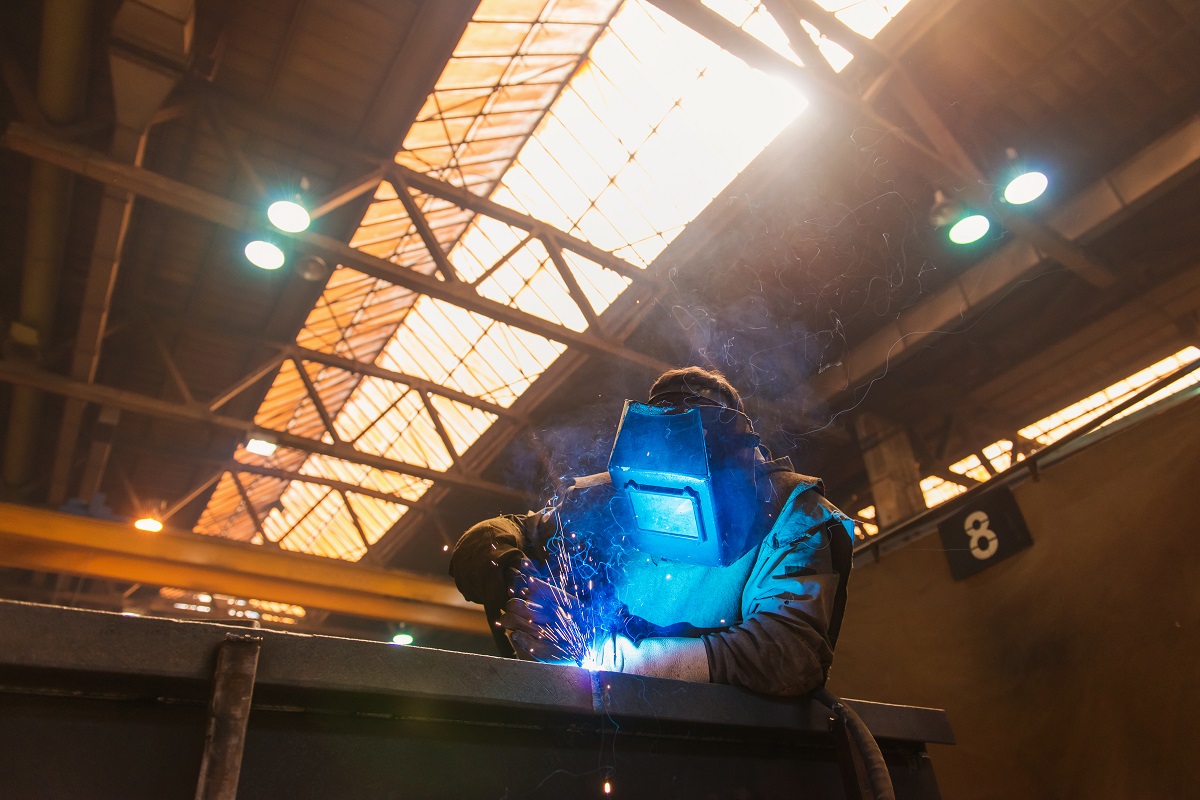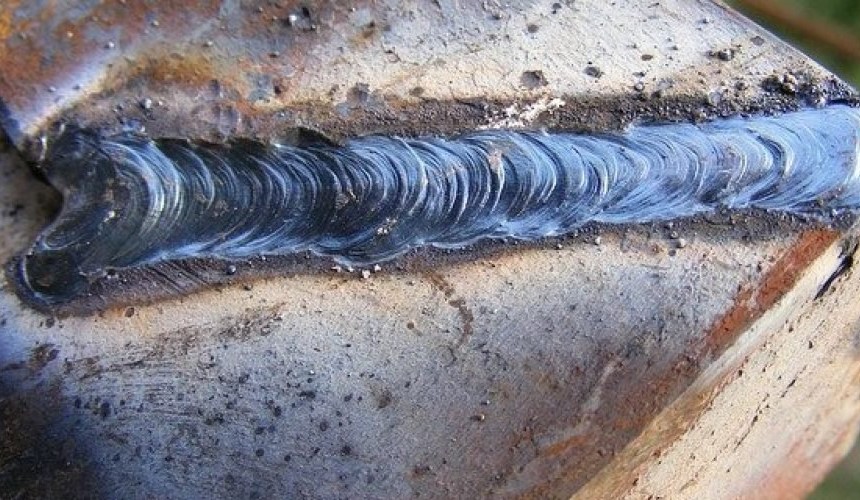Exactly How to Avoid Weld Undercut: Necessary Tips for Welders
Exactly How to Avoid Weld Undercut: Necessary Tips for Welders
Blog Article
Understanding the Causes and Solutions for Undercut Welding in Metal Construction Processes
In the world of steel fabrication processes, the event of undercut welding positions a considerable difficulty that demands an extensive understanding of its causes and practical services. The elaborate interplay of various aspects throughout welding procedures can cause this unfavorable phenomenon, impacting the structural honesty and total top quality of the bonded joints - Preventing weld undercut. By studying the source of undercut welding and checking out effective remedial actions, makers can raise the requirement of their workmanship and ensure the production of flawless steel elements
Common Reasons For Undercut Welding
Regularly ignored in metal manufacture, undercut welding happens due to various factors that require precise attention and knowledge to be effectively minimized. One typical cause of undercut welding is extreme heat input. When the heat input is expensive, it can cause the melting and subsequent disintegration of the base material along the sides of the weld joint, creating a groove or undercut. In addition, improper welding strategies, such as utilizing the wrong welding angle or take a trip speed, can likewise contribute to undercut development. Insufficient securing gas protection is an additional essential factor that can lead to damaging. Inadequate gas insurance coverage stops working to shield the weld pool adequately, causing oxidation and undercut issues. Additionally, the option of welding criteria, such as voltage, current, and cable feed rate, plays a significant function in the event of undercut welding. Recognizing these common reasons is crucial for carrying out safety nets and making certain high-quality welds in metal manufacture procedures.
Effect of Incorrect Welding Parameters
Inaccurate welding criteria can dramatically endanger the honesty and high quality of welded joints in metal fabrication processes. The effect of inaccurate welding specifications manifests in various means, bring about architectural weaknesses and problems in the welded parts. One vital element affected by improper welding criteria is the infiltration depth of the weld. Insufficient warmth input because of low welding currents or excessively high traveling rates can lead to insufficient fusion in between the base metals, leading to insufficient joint infiltration and compromised bonds. Conversely, too much heat input created by high welding currents or sluggish traveling speeds can cause excessive and burn-through reinforcement, developing a fragile and unpredictable weld framework. Additionally, wrong specifications such as improper voltage setups or inaccurate electrode angles can add to erratic weld grain profiles, absence of combination, and increased opportunities of problems like damaging. For that reason, meticulous interest to welding parameters is vital to make sure the production of high-grade welds with the preferred mechanical homes and architectural integrity.
Result of Improper Lantern Angle
Incorrect torch angle in welding procedures can dramatically impact the quality and honesty of the last weld joints in metal fabrication procedures. The torch angle plays an essential role in figuring out the heat input and distribution throughout welding. When the lantern angle is wrong, issues such as damaging can occur. Damaging is a common welding problem where a groove creates along the weld toe, compromising the joint and endangering its structural stability. my review here
A lantern angle that is too high can lead to inadequate infiltration, incomplete combination, and increased spatter. On the other hand, a torch angle that is also shallow can lead to extreme penetration, burn-through, and distortion of the base material. Preventing weld undercut. Proper lantern angle is essential for ensuring regular weld top quality, strength, and look
To stop undercutting and other defects triggered by improper lantern angles, welders should be educated to maintain the appropriate lantern angle throughout the welding process. Regular monitoring and modification of torch angles throughout welding can assist achieve sound welds with minimal flaws.
Duty of Inadequate Welding Methods

Another aspect of inadequate welding methods is improper weld prep work. Poor cleansing of the base steels, wrong joint layout, or inadequate edge prep work can all add to undercut welding. Inadequate protecting gas coverage or utilizing the wrong kind of gas can result in insufficient fusion and the development of undercut defects.
To resolve the function of insufficient welding strategies in steel construction processes, it is necessary to supply detailed training for welders. Proper education on welding criteria, joint preparation, and securing gas option can assist protect against undercut welding and ensure top quality welds in metal manufacture projects.
Efficient Solutions for Undercut Welding
Resolving undercut welding in steel construction requires carrying out effective remedies to improve weld quality and structural stability. One of the main services to deal with undercut is to change welding parameters such as voltage, current, and travel speed to ensure proper warm input and combination. By fine-tuning these settings, welders can avoid too much melting of the base steel and filler product, decreasing the possibility of undercut development.
Furthermore, correct joint preparation is essential in stopping undercut. Guaranteeing clean base metal surfaces without contaminants and utilizing the ideal bevel angle can aid advertise better weld penetration and decrease the risk of undercut - Preventing weld undercut. Utilizing ideal welding strategies, such as oscillating the torch or weaving, can also help in distributing warmth equally and filling the weld joint sufficiently, reducing the possibility of undercut problems
In addition, selecting the correct welding anchor consumables, consisting of electrodes and filler steels, is vital in minimizing undercut. Using materials with proper chemical make-ups and mechanical properties can add to accomplishing sound welds with minimal undercut. Normal inspection and quality assurance steps must additionally be executed to find and deal with undercut concerns immediately, making certain the general honesty of fabricated steel components.

Final Thought
In final thought, comprehending the causes and services for undercut welding in steel fabrication processes is important for achieving high-grade welds. By dealing with common reasons such as wrong welding specifications, inappropriate lantern angle, and insufficient welding strategies, welders can avoid undercutting and guarantee solid, long lasting welds. It is vital to pay focus to these factors and execute effective options to boost the general welding procedure and end product high quality.

Report this page